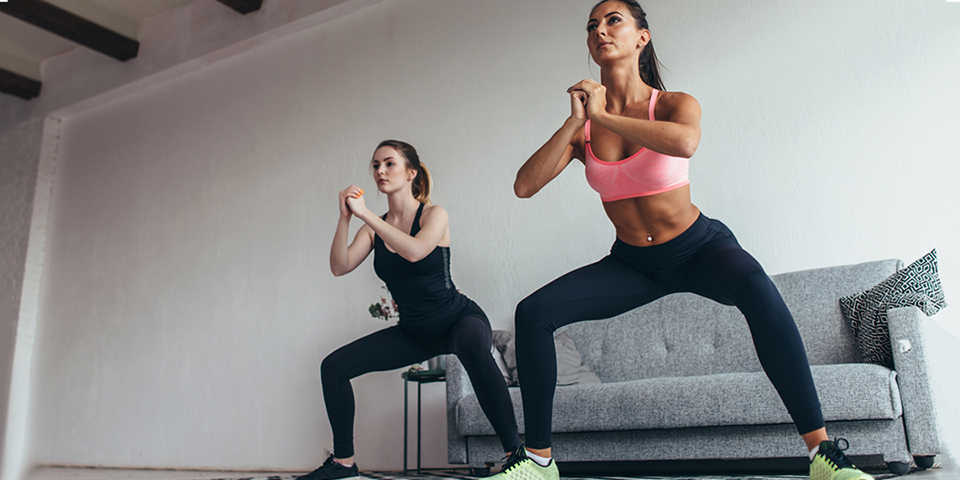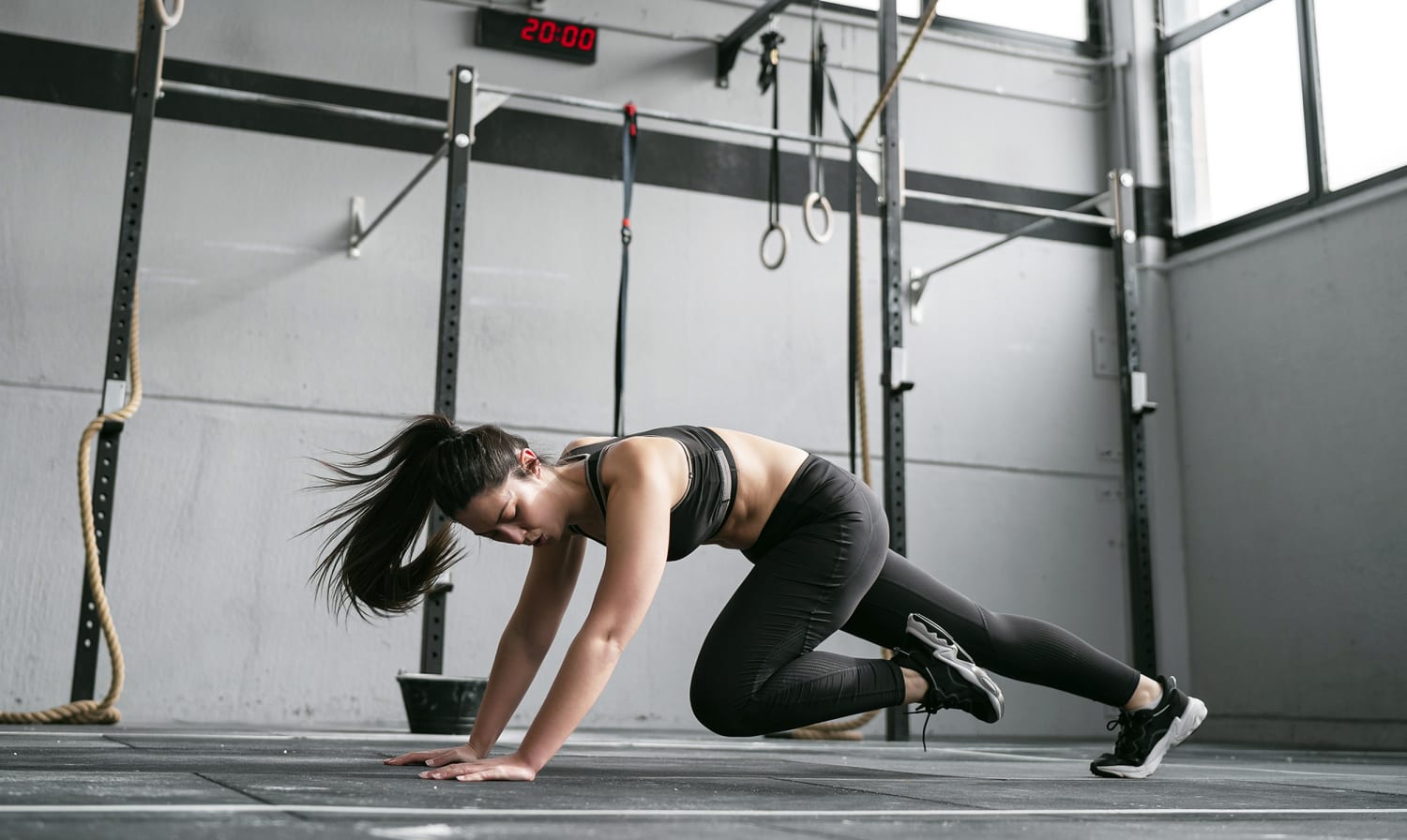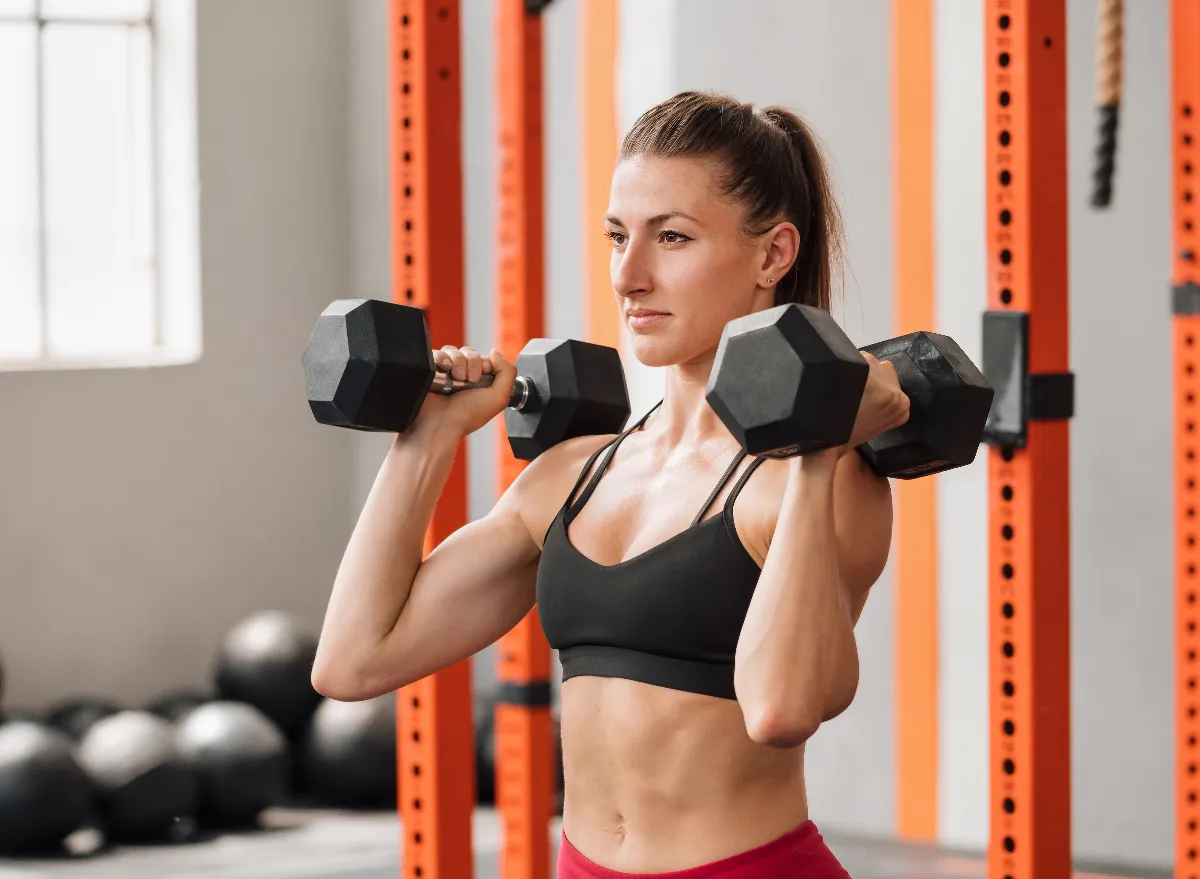As we age, maintaining lower-body strength becomes essential—not just for fitness but for overall independence and quality of life. From walking and climbing stairs to getting up from a chair, strong legs and glutes support the movements we rely on every day. According to physical therapist Dr. Emily Carter, “Age-related muscle loss can begin as early as your 30s, but with consistent strength training, you can slow that decline and keep doing the activities you love.”
This guide features five low-impact, joint-friendly exercises designed for older adults. They can be done at home, require little to no equipment, and help improve balance, coordination, and leg strength. Whether you’re 50 or 80, adding these moves to your daily routine can make a lasting difference.
1. Bodyweight Squats
Bodyweight squats are one of the most effective exercises for strengthening your thighs, hips, and core. They mimic the motion of sitting and standing—making them incredibly practical for everyday life.
How to do it:
Stand in front of a sturdy chair with your feet shoulder-width apart. Slowly lower your hips as if you’re about to sit, gently tapping the chair with your glutes, then press through your heels to return to standing.
Reps: Start with 1–2 sets of 8–12 reps
Pro Tip: Use the chair’s armrests or place your hands on your thighs for support. Focus on controlled movement rather than speed to reduce strain on your knees.
Dr. Carter notes, “This movement improves strength and mobility while also enhancing confidence during daily activities like standing up from the couch.”
2. Step-Ups
Step-ups are a simple yet powerful way to build strength in the legs while also improving coordination and balance—two key factors in fall prevention.
How to do it:
Find a low, stable platform or step (around 4–6 inches high). Step up with one foot, then bring the other foot up to stand fully on the platform. Step back down and repeat. Alternate your lead leg after each set.
Reps: 1–2 sets of 8–10 reps per leg
Pro Tip: Hold onto a nearby railing or countertop for balance if needed. Keep your movements slow and steady to avoid tripping.
“This exercise closely mirrors the action of climbing stairs,” says Dr. Carter. “Practicing it regularly helps keep you agile and stable.”
3. Standing Heel Raises
Often overlooked, your calves play a critical role in balance, circulation, and mobility. Standing heel raises strengthen the calves and stabilize the ankles—helping reduce the risk of trips and falls.
How to do it:
Stand behind a chair or counter for support. Rise up onto your tiptoes, hold the top position for a second, then slowly lower your heels back down to the floor.
Reps: 1–2 sets of 12–15 reps
Pro Tip: Try not to rush. Controlled, even-paced movement is key to engaging the right muscles.
Dr. Carter explains, “This exercise also stimulates circulation in the lower legs, which is particularly important for older adults.”
4. Wall Sit
Wall sits build static strength in the thighs and glutes without any joint strain. They’re an excellent isometric exercise to enhance lower-body endurance and control.
How to do it:
Stand with your back against a wall and slide down until your knees are bent at a 90-degree angle. Keep your back flat, feet hip-width apart, and knees over your ankles. Hold the position as long as comfortable.
Duration: Begin with 20–30 seconds and work up to a minute over time
Pro Tip: If a full squat is too difficult, only bend your knees slightly for a shallower version that still activates your muscles.
“This move builds muscular endurance in a safe, controlled way,” says Dr. Carter. “You’re improving strength without high-impact movement.”
5. Glute Bridges
Glute bridges are essential for activating the posterior chain—the glutes, hamstrings, and lower back. This exercise supports posture, spinal health, and pelvic stability, especially for those who sit for long periods.
How to do it:
Lie on your back with knees bent and feet flat on the floor, hip-width apart. Press through your heels and lift your hips toward the ceiling, squeezing your glutes at the top. Slowly lower back down.
Reps: 1–2 sets of 10–12 reps
Pro Tip: Keep your core engaged and avoid arching your lower back. Focus on lifting with your glutes, not your lower spine.
Dr. Carter warns, “Be careful not to overextend—this is about muscle control, not height. Even a small lift can be effective if done correctly.”
Expert Tips for Long-Term Success
Building strength isn’t just about doing the exercises—it’s also about how you approach them. Dr. Carter offers a few key tips for staying consistent and injury-free:
- Warm Up First: Take a short 5-minute walk or do light marching in place to prepare your muscles.
- Listen to Your Body: If something feels painful, stop. Modify the movement or reduce the intensity as needed.
- Stay Consistent: Aim to do these exercises 3–5 days per week. Consistency, not intensity, is the foundation of long-term strength.
- Track Your Progress: Whether it’s holding a wall sit longer or increasing reps, small improvements keep you motivated.
Final Thoughts
Maintaining lower-body strength after 50 doesn’t require gym memberships or complex routines. These five simple exercises—bodyweight squats, step-ups, heel raises, wall sits, and glute bridges—target the key muscles responsible for mobility, balance, and everyday function.
By dedicating just 15–20 minutes a day, you can protect your independence, boost confidence, and stay active for years to come. Start slowly, stay consistent, and focus on quality movement. Your future self will thank you.



:max_bytes(150000):strip_icc()/Health-GettyImages-BodyweightExercisesToBuildMuscle-7b4878bbab294efeacc1ad88cc16012c.jpg)
